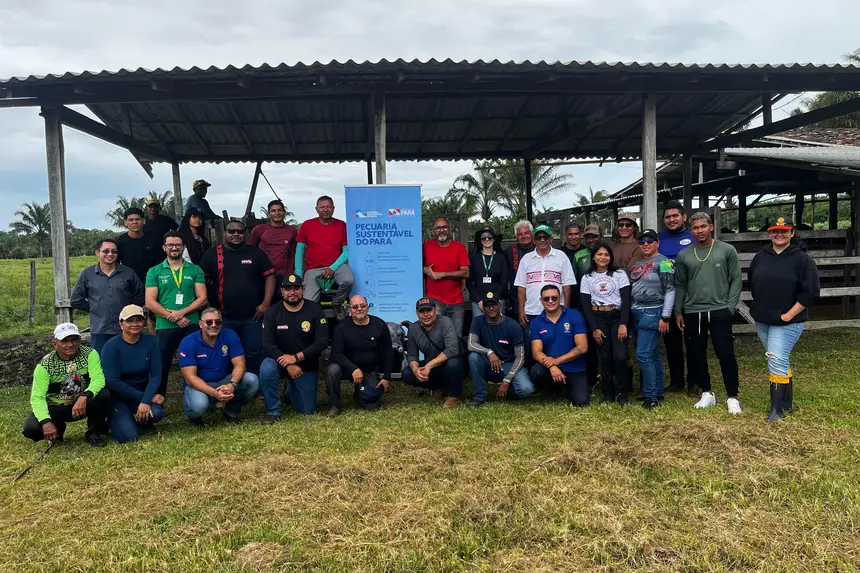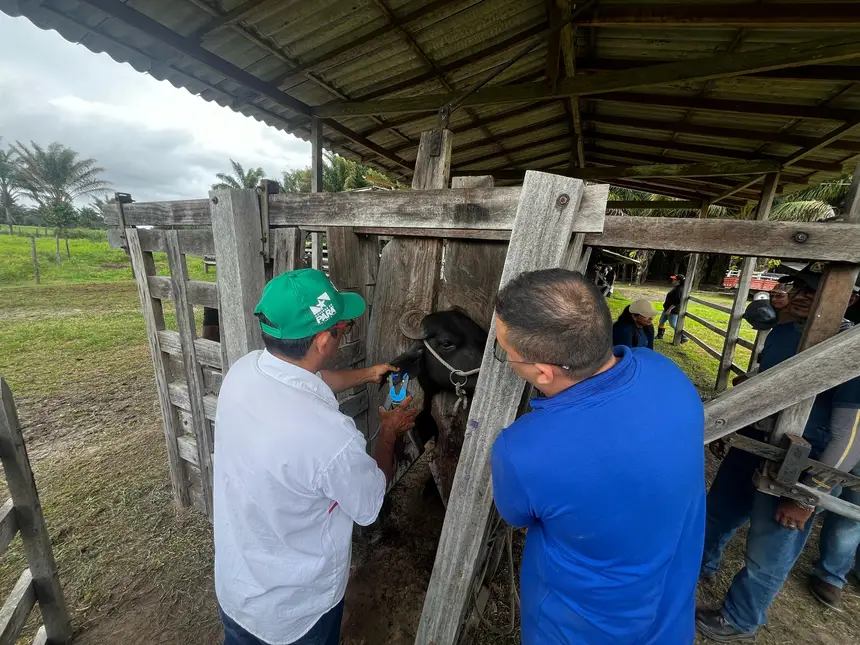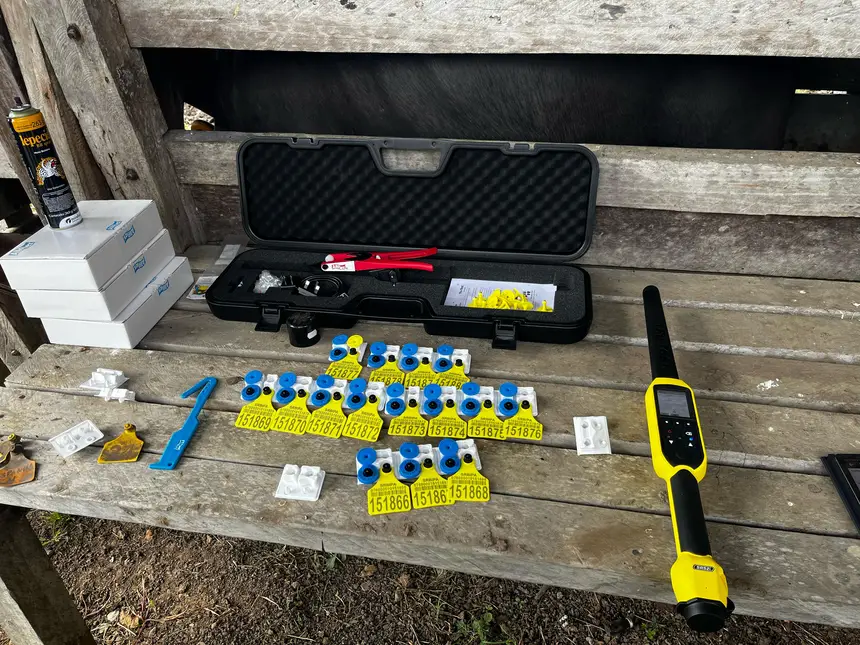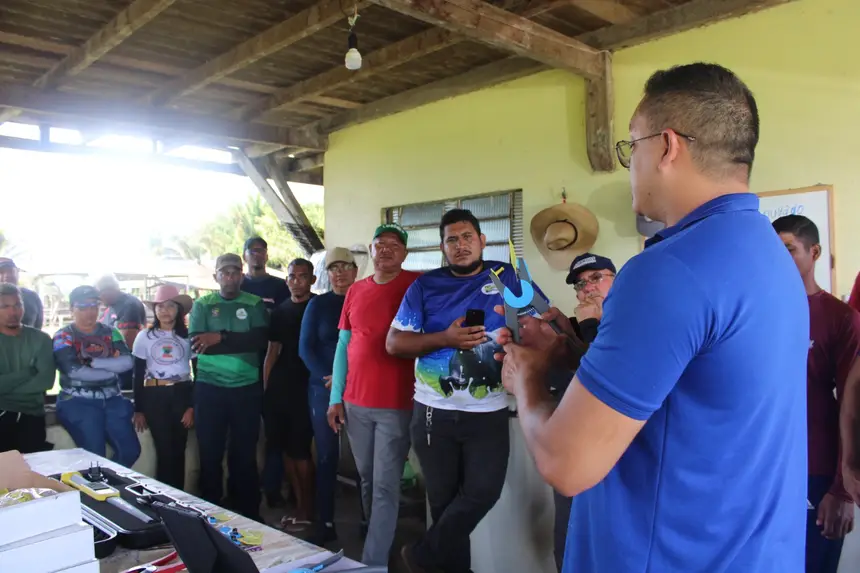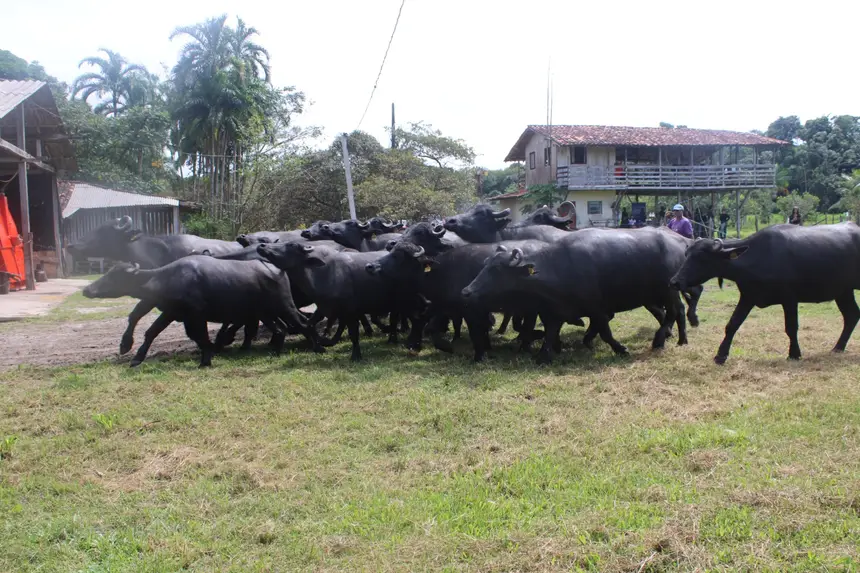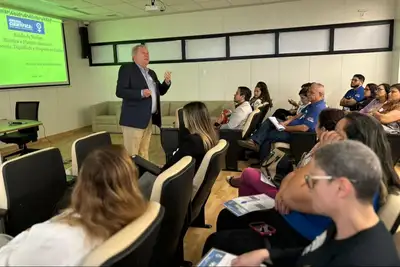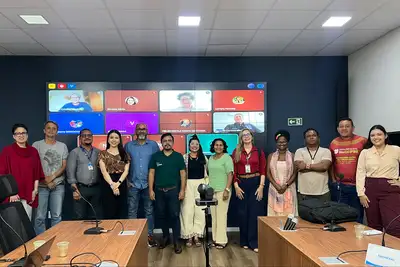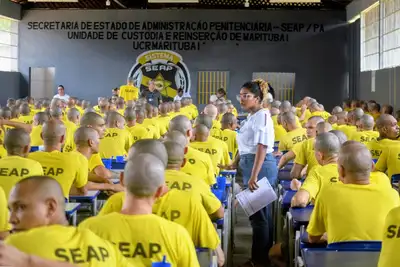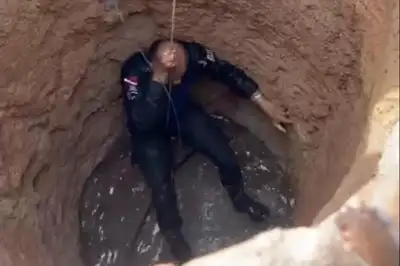Cattle and Buffalo Traceability Reaches Producers in the Marajó Archipelago
Rural producers learn about the pioneering program that promotes traceability of Brazil's second largest cattle herd and the largest buffalo herd.
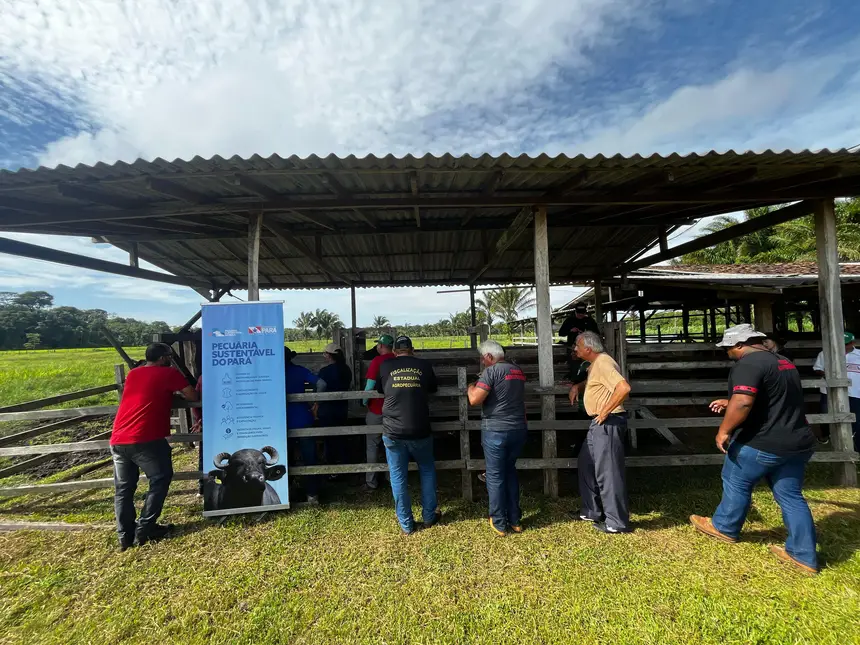
The Taperebá farm, located in the Vila de Condeixa, municipality of Salvaterra, in the Marajó archipelago, is a 138-hectare property where buffalo farming is done in a rotational system, a method that consists of dividing the area into paddocks, with intervals for moving the animals, allowing for better pasture use and ensuring animal welfare and productivity.

With more than 50 buffalo, the property follows the pillars of the sustainable livestock program that combines economic activity with environmental preservation and was the chosen location in the archipelago to host the training of traceability operators, known as OPR, individuals being trained by Adepará (Agricultural Defense Agency of Pará) to perform individual identification of the herd in various regions of the state where livestock is a predominant economic activity.
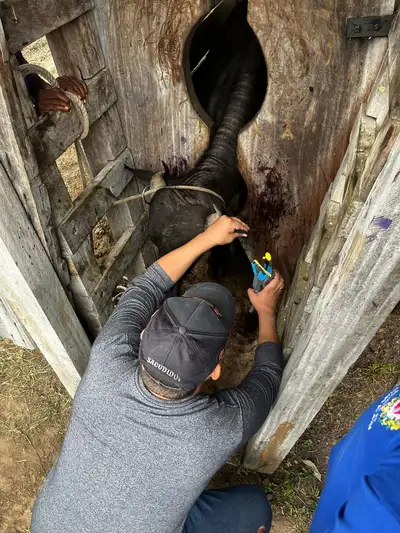
During the training, 54 animals were identified. The course attracted young producers like Tainá Meelissen, 20 years old. The agribusiness student believes that traceability will improve the management of the nearly one hundred buffalo she raises for milk and cheese production, in addition to preventing animal theft.
“In our farm, we know the animals by name, they are gentle and even respond to their names, but I found it very important that they put on double tags for identification, since a single tag can be lost. I took the course to learn how to tag them and prevent the animals from being stolen.”
The details of the information, equipment used in applying the tags to the animals, and the use of the agricultural data management system (Sigeagro 2.0), a system created by Adepará to house the program's data, were provided by veterinarian John Robert, responsible for training the OPR.
According to the veterinarian, since the beginning of the program, producers have been trained in various regions of the state to act as traceability operators.
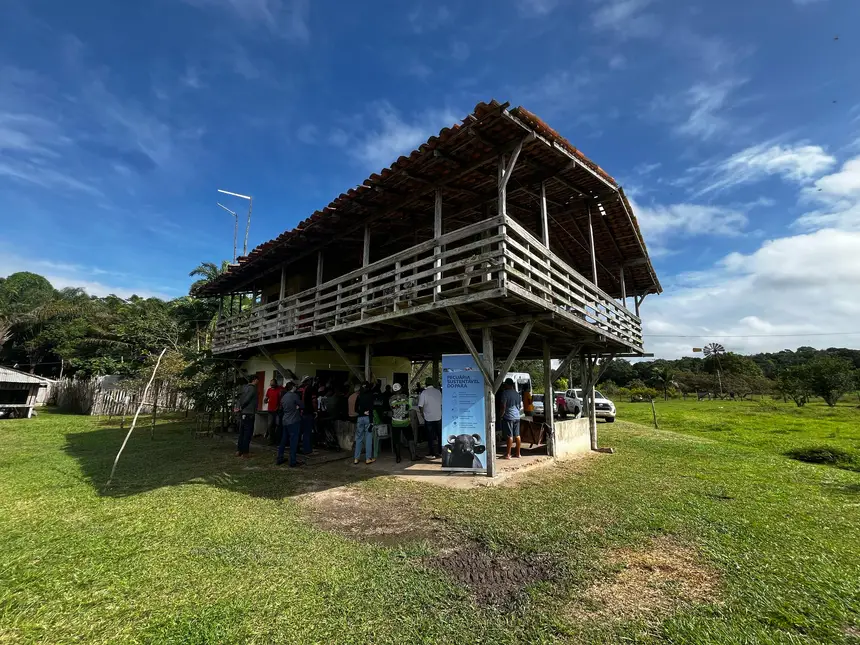
“We have already trained people for this activity in regions of the state that concentrate the majority of the herd, such as São Félix and Novo Repartimento, and now we have started in Marajó, which has the largest buffalo herd in Brazil with geographical and climatic peculiarities,” said veterinarian John Robert.
For small producer Joelcio Fernandes, owner of the Taperebá farm, the program should bring benefits to Marajó. Since the property has fewer than one hundred heads, the tags used for animal identification were donated by Adepará.
“It is definitely more beneficial for us who are small buffalo breeders in Marajó and who keep 50% of our property environmentally preserved. Traceability, through the tags, will ensure greater sanitary control and higher quality of the animals,” said the producer.
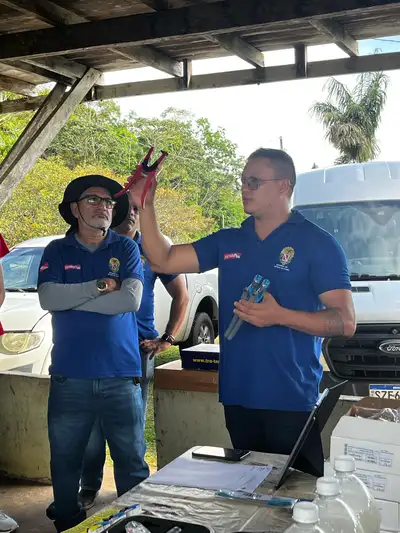
Field assistant Luiz Neves, who came from Santa Cruz do Arari for the training, highlighted the importance of the program for the municipality, which has 24,000 buffalo.
“We are learning to do it in practice with the producers in our municipality, which is 80% buffalo breeders. We will guide the producer to do it respecting his reality in more remote locations, but we will make it happen because the program is very good.”
In addition to the practical activity, there was a presentation of the program at an event that included the presence of authorities and gathered producers from the archipelago.
Sustainable Livestock Program
Implemented since November 2022 by the government of Pará through Adepará, Semas, Seaf, the productive sector, and other partner institutions, it foresees the individual identification of all cattle and buffalo herds in transit, starting January 1, 2026.
With legal backing and training of Adepará's technical staff, the program has entered its third phase, which includes the Marajó archipelago, where the largest buffalo herd in Brazil is located with over 800,000 animals and where there are currently 3,500 cattle breeders, 67% of whom have between one and 100 heads.
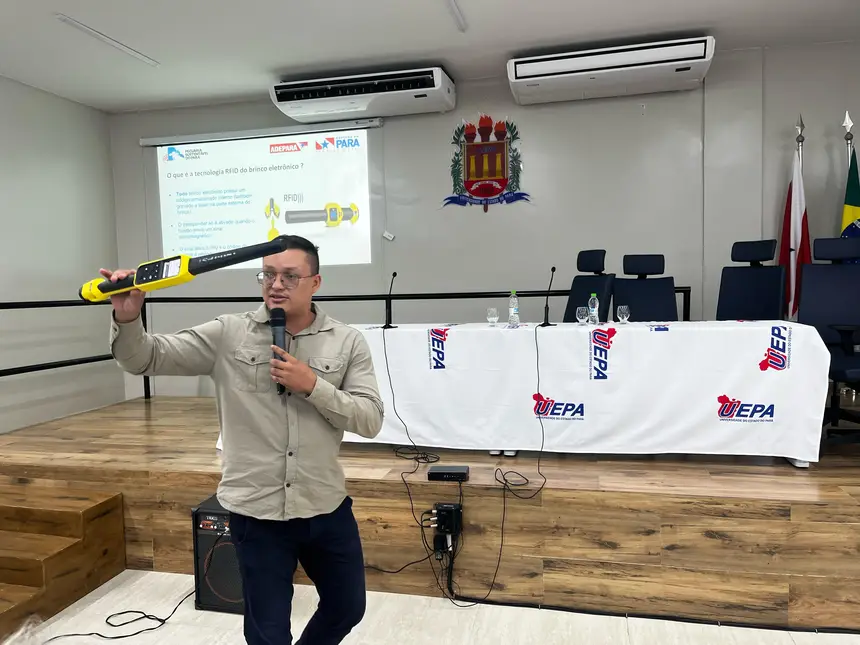
To present the program in this unique territory that is Marajó, Adepará and the State Secretariat of Family Agriculture (Seaf), with support from the Amazon Environmental Research Institute (IPAM), held an event before the practical training of traceability operators.
Held in the auditorium of the State University of Pará (UEPA), the event was attended by the Secretary of State for Family Agriculture, Cássio Pereira; the acting manager of the Adepará Regional Office in Soure, Olivar Valente; the representative of the Agriculture and Supply Secretariat of Salvaterra, João Pena; IPAM researcher Graciela Froehlich; Orlando Lameira, coordinator of the local Emater office; and UEPA representative Renato Lobato.
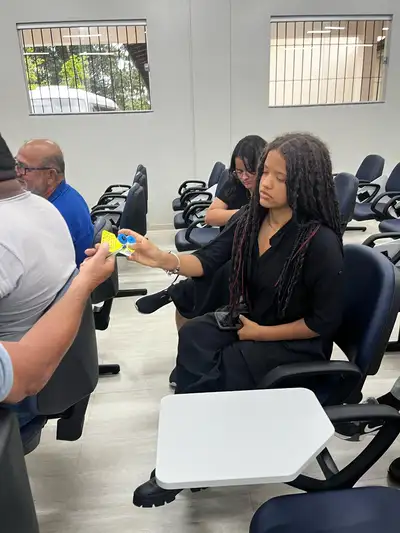
During the event, the technicians explained how the traceability of the herd will bring greater health, productivity, and trust to the meat produced in Pará.
The Secretary of State for Family Agriculture, Cássio Pereira, presented the program's axes based on sustainability, traceability, and social and environmental responsibility.
“It is a pioneering public policy in Brazil that promotes a collective effort of the public sector with the private sector to enable high productivity livestock farming, transparency, and social and environmental responsibility at all stages of the production chain,” he emphasized.
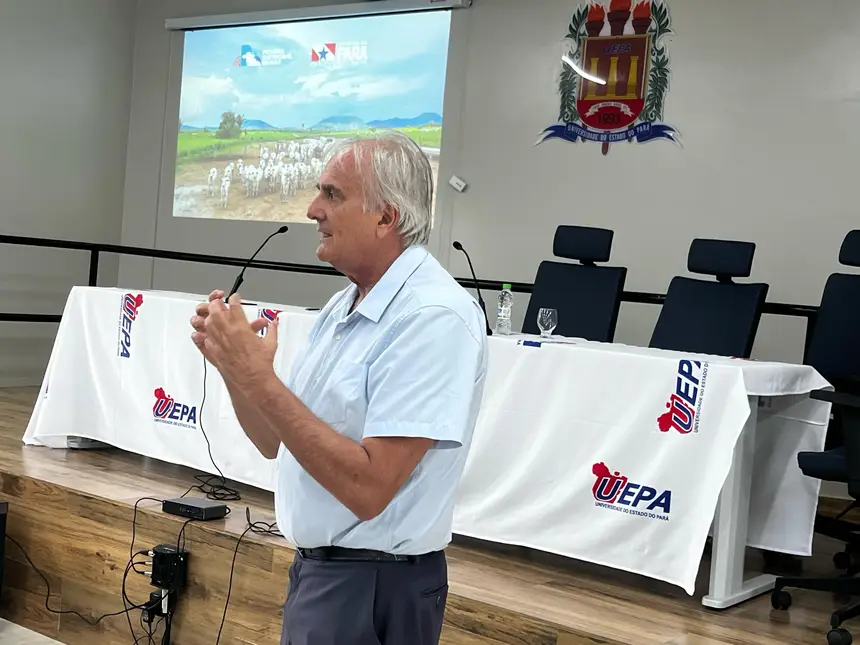
Edivan Carvalho, coordinator of IPAM, explained that the program continues to advance and that in the next phases the institute should expand the training of OPR. “We will continue using Adepará's methodology for training this workforce, which is essential for the program's expansion, which aims to individually identify the entire herd in Pará by the end of 2026.”
According to the acting regional manager of Adepará in Soure, Olivar Valente, traceability will ensure greater effectiveness for the livestock chain with official data closer to reality and a mapping of animal production. “Despite the empirical knowledge about the producers, there is no clear information about the number of animals, properties, and the commercial flow (especially calves). This hinders the organization of production and the proper allocation of subsidies for municipalities. With traceability, we will have a more realistic scenario regarding the origin and destination of this herd.


